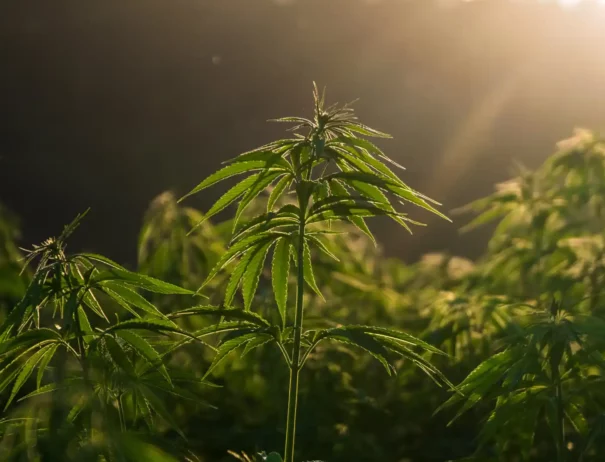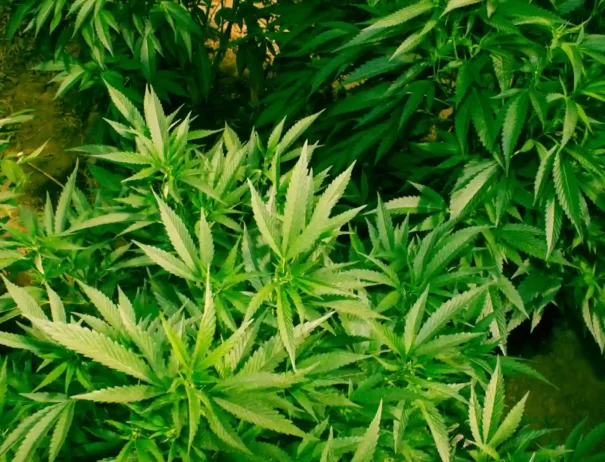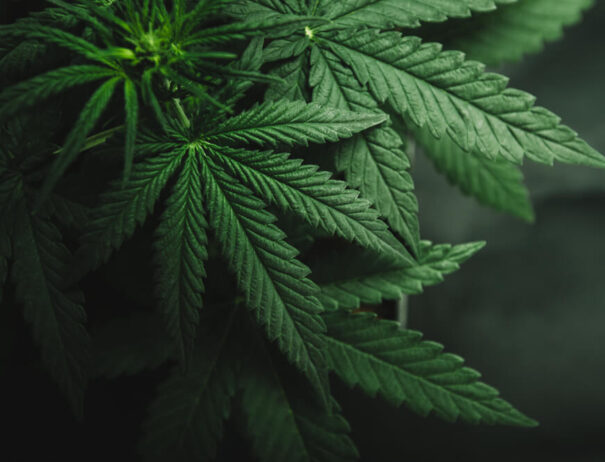Should super-potent cannabis be rewarded at agricultural competitions?
California is an agricultural powerhouse. More than a third of the country’s vegetables and two-thirds of our fruits and nuts are grown in California. And, certainly, the state has learned the importance of marketing the state’s ability to grow the best stuff in virtually any product category. In July, the California State Fair will undoubtedly have competitions and exhibitions for all of the most profitable agricultural commodities like almonds, walnuts, pistachios, dairy products like milk, cattle, fruits like grapes, and strawberries.
This year there will be a new commodity to be judged: cannabis. California legalized marijuana in 2016 and has become known for producing some of the finest flowers in the world. Now the cannabis industry wants to take advantage of having a huge State Fair, with buyers for every plant and food grown in the state, including marijuana. And as part of the festivities, cannabis flowers will be judged, and judges will reward the best with prizes and other forms of recognition.
The competition will use highly scientific equipment that carefully measures the flowers for chemical compounds relevant to flavor and aroma and the potency of effect for each growers’ flowers. California growers are sending in samples through the end of March, and those growers judged to be the winners in one of 11 categories will receive awards like medals and trophies. For the growers, it is an excellent way to promote their brands. This kind of recognition is reasonable for the State Agricultural authorities to promote an increasingly lucrative product category. Sales of legal cannabis were $4.4 billion in 2020. Taxes collected for cannabis were over $817 million in 2020-2021.
However, there is one criterion that some people think is taking the competition thing too far: flowers will be judged based upon how much THCa the flower has in it. This is a direct measure of potency (THCa turns into THC once heated or smoked). Health officials are concerned that the state’s resources will be used to create flowers that are perhaps too strong for many people to consume. Some on the State Fair’s board agree with them.
The cannabis sold at distributors for states that legalized personal consumption is already much stronger than marijuana used to be. Marijuana in 1995 used to have about four percent THC in it. By 2017 it was about 17 percent THC. That is a huge increase in just a dozen years.
Increasingly, researchers associate highly potent flowers with psychosis, anxiety, and vomiting. Mental health risks can be particularly high for teens and young adults whose brains are still forming. The science of genetic manipulation of marijuana plants is getting more sophisticated, and the plants are getting stronger every year. It used to be that marijuana was just a prolific weed that brought on a mild effect. Now, flowers are grown, so they do not have seeds and apply all that reproductive energy to more potent effects.
The concern among health professionals and agricultural authorities is that the inclusion of data about the highest concentrations of the active ingredient will become an important marketing tool for growers who focus their efforts on growing the most potent plants. In short, the “best” flowers will be the most potent ones. This may result in health outcomes that exacerbate public health concerns about marijuana. And no one wants to see billboards or other advertising that flaunts a grower’s product as the strongest available. Certainly, no one wants underage kids to see such promotions.
How Much THC Is Too Much?
Moreover, there is no data available about how much is too much THC in a single dose. As growers develop stronger and stronger flowers, will there be a point where indulging in these potent plants makes driving more difficult, promotes violence among smokers, or makes them so anxious they can’t even leave their homes out of fear? Rewarding potency at the State Fair may be the beginning of a trend with harmful effects for the public.
Perhaps the best way to include the competitive category of potency is to have parallel research programs that measure the effects of super-strong marijuana on smokers and the public.
When voters legalized cannabis in California, one of the arguments was that marijuana would be treated more like alcohol: as a tightly regulated product for adults. The State Fair also judges Californian wine and beer, but they obviously do not judge the alcohol content, except for products like low- and no-alcohol wines. And the state has had trouble with black market marijuana, which people will but to avoid the taxes on regulated varieties. So promoting the legal, highly taxed marijuana flowers is one way to generate more buyers for legal cannabis and make an effort to control the fortunes of the black market.
Legalization Highlights
One of the most successful arguments states made when they wanted to make recreational marijuana legal is that marijuana is relatively harmless. The effect of ingesting it is mostly mild and doesn’t last too long. Many people were familiar with the effect, and they didn’t feel it was overwhelming or threatening.
But as cannabis has gotten stronger and people smoke more regularly in states that legalized it, there is a new condition that health professionals are becoming familiar with: “cannabinoid hyperemesis syndrome” or “scromiting.” It is a combination of violent vomiting while simultaneously screaming. It can last for hours. Since 2018, national research has seen an increasingly prevalent and complicated condition that is difficult to treat.
Colorado was one of the first states to legalize cannabis. The state only saw five cases in 2009. By 2018, they had more than 120 cases. A review of studies found that 97 percent of those who came down with scromiting used marijuana at least once a week. About three-quarters of them consumed cannabis regularly for over a year. It is not known why some people develop the condition, and others do not.

Get Your Free eBook!
Download our FREE resource, The Ultimate Edibles Guidebook, full of recipes, infusion tips and everything you need to make your first batch of edibles today!



